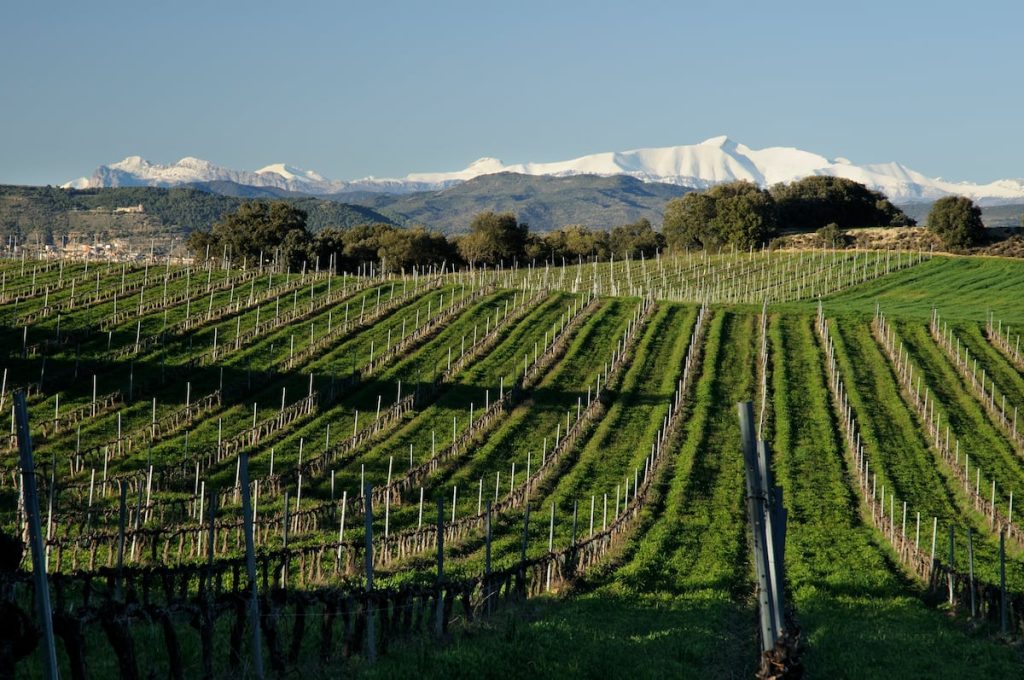The decrease in exports and internal consumption mark the new wine campaign, both in Spain and the rest of the main wine-producing countries in the European Union. The sector is asking for more promotion of consumption, adjustments in production, and changes in supply to overcome a situation that could directly affect grape prices in the new campaign if the Food Chain Law is not followed, which establishes that prices cover production costs. In the Valencian Community, the government and the sector are already negotiating direct aids to ensure the profitability of vine growers’ activity. This situation comes after the previous campaign fell short, with only 32 million hectoliters, a 21% decrease compared to the previous one, and 25% below the average of the last five campaigns. Agriculture explains this decline is due to the long drought.
At the beginning of the harvest, Agri-Food Cooperatives predicted a slightly larger harvest of about 39.7 million hectoliters, with an increase in all autonomous communities, especially in Castilla-La Mancha, where an increase of more than 30% was estimated compared to the previous campaign. Despite the drop in production last year, stocks are above 37 million hectoliters, reflecting the stagnation of demand, both domestically and overseas. In terms of exports, wine and must sales have been decreasing in recent years, from an average of 23 million hectoliters to 20 million. Until May, when the first 10 months of the 2023-2024 campaign were completed, exports were close to 17 million hectoliters, a 1.1% decrease. In just that month, the volume fell by 12%, according to data from the OIVE interprofessional organization.
In the domestic market, demand is slightly below 10 million hectoliters, compared to 11 million in 2020, although there has been a slight recovery compared to less than nine million hectoliters in 2021. Spain, despite being one of the main EU wine producers, has a demand per person lower than that of other markets, only 26 liters, compared to 50 in Portugal and 47 in Italy or France, according to the International Organization of Vine and Wine. The sector attributes this data to campaigns against wine consumption and the high prices of the product in restaurants. This demand behavior coincides with a reduction in cultivated area from 1.1 million hectares to about 950,000, although there has been an increase in yields.
Agricultural organizations have proposed the need for new measures in the Wine Sector Intervention Plan, which has an annual budget of 200 million for various actions. For example, investments in exploitations to increase their competitiveness, through improvements in water management, digitization, soil conservation, or aids to comply with the rules of the Food Chain Law. In the same direction, the wine sector of Italy, France, and Spain demanded a shock plan to ensure the future sustainability of the activity, with various measures, from more funds to support viability to new tools to cope with market instability, promotion supports, and tools for the challenges posed by climate change.
In addition to actions to promote sales, the sector also considers restructuring and conversion measures, with investments in vineyards to adapt productions and processing systems to the new demands of consumers. This includes more white wines, fewer high-alcohol reds, and more young wines. It also advocates for stricter compliance with maximum yields in designation of origin, avoiding overproduction with yields of 18,000 and 20,000 kilos per hectare for red and white wines, limiting alcohol content, yield percentages in the winery, distillation measures, or green harvesting. Overall, actions to adjust the potential of the sector and its supply to market demands, with promotion as another key focus.


